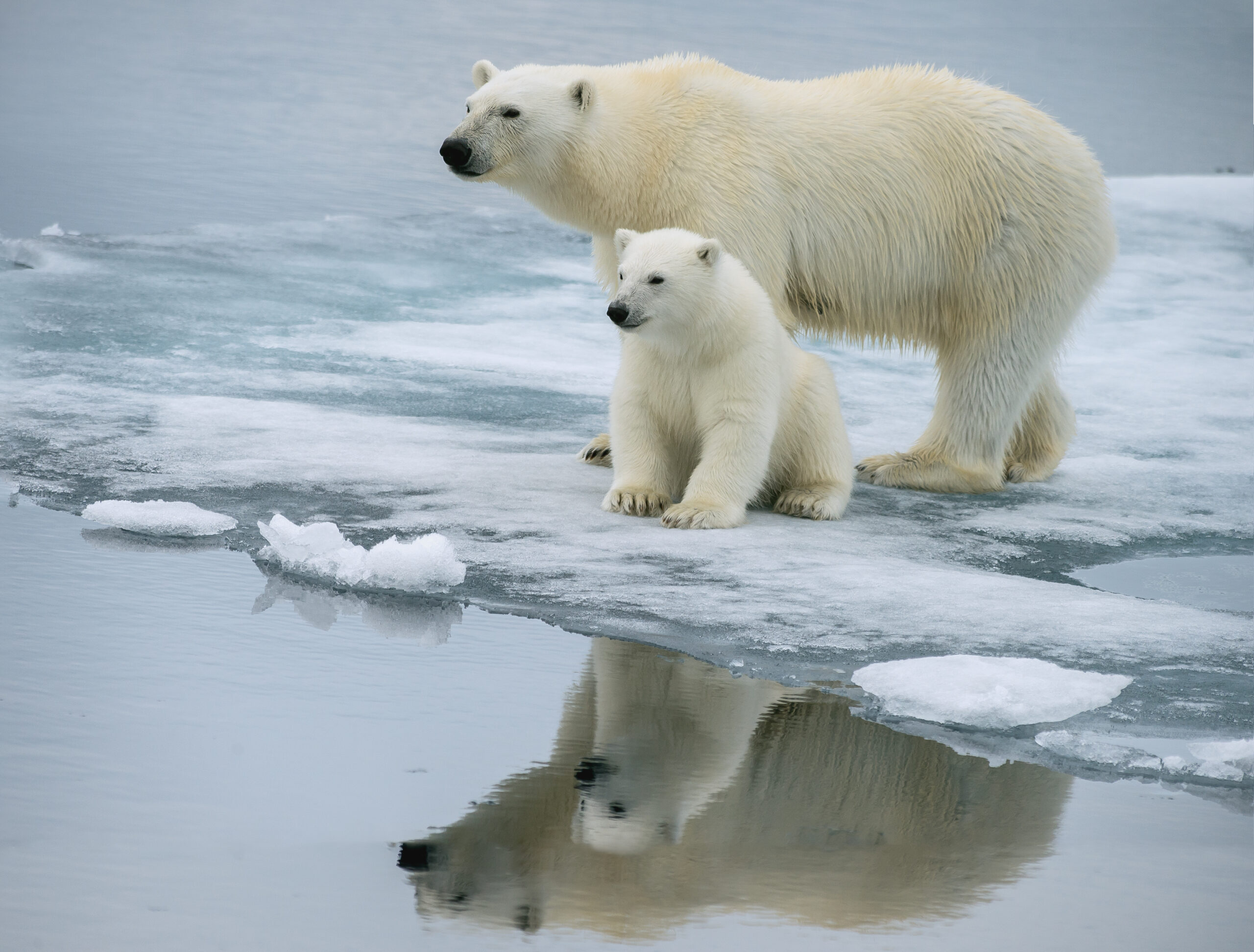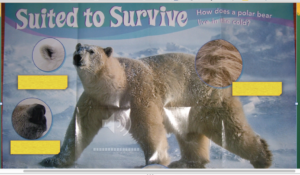
Recently I met a frustrated kinder teacher who told me her students are being asked to count paragraphs and identify key words and phrases. Seriously? She said that all she hears about is close reading, close reading, close reading. My response – no way…not for kindergartners. Yes, close reading is an anchor standard in the Common Core for reading, but a “close reading” of the ELA CCSS for kindergarten reveals that students are being asked to move towards close reading of running text by answering and asking questions about a text, by identifying topics and retelling key details of a text, etc – with prompting and support. The authors of the CCSS are respectful of the developmental levels of young readers and would not expect emergent and early readers who are striving to decode and make meaning to grapple with a text they cannot begin to even read.
My definition of close reading of a text is rereading an excerpt of text for a particular purpose that leads to deeper understanding and analyzing the author’s language at the paragraph and sentence, phrase and word levels in pursuit of that purpose. Rich learning experiences with high quality informational “texts” can build our primary grade students’ capacity for this type of engagement with text.
One suggestion I have is providing opportunities for students to “look closely” at informative photographs. Below is a photo of a poster I got from a National Geographic Explorer magazine (one of my “go to” resources). A group of kindergarteners and I spent about 15 minutes looking at and thinking aloud about this photo. (Note – I covered the captions and labels with yellow sticky notes purposefully – so we’d just focus on the photo.)
.
My questions for the students were “What do you notice?” and “How do you know?” (in other words – “What’s your textual evidence?”) These questions require the students to depend on the text to answer – not to just draw from what they saw on the Nature channel or at a museum. As they shared, I wrote their responses on a piece of chart paper. The students began to realize they could not make statements like “A polar bear is huge” or a “A polar bear is fast” based on this photo (which served as the “text” for this conversation). This doesn’t mean these statements aren’t true, but we would have to consult another text to find evidence of this truth. In the shared writing below, the tiny print is quotes from the students sharing evidence from the photo to support their statements. The checks recognize that we can say these statements based on evidence in the photo. The question marks reveal our recognition that we would have to do more research to confirm these statements.
Learning experiences like this prepare students to slow down and “reread” a text, to read a text closely, to answer and answer questions with textual evidence – independently. My belief is that this will get them a lot further in the long run than counting paragraphs in texts they can’t even read yet :-/
S
